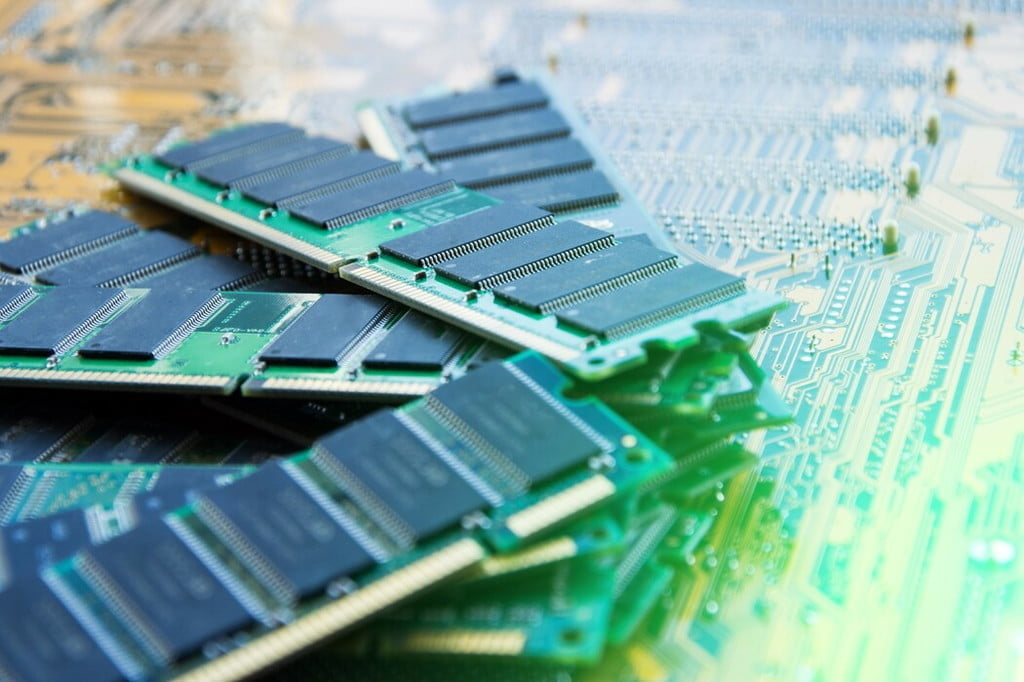DDR5 has barely hit the shelves, but Samsung has confirmed it’s already working on the next generation of RAM.
According to ComputerBase, the South Korean technology giant delivered insight into several next-gen memory standards including DDR6, GDDR6+, GDDR7, and HBM3 at its 2021 tech day event.
Samsung said its development of the DDR6 standard has commenced and will be assisted by JEDEC, a semiconductor engineering organization comprised of over 300 members, including some of the world’s largest computer firms.
The report mentions that the completion of the standard could materialize in 2024, but it’s more likely that 6th-gen DDR memory arrives in either 2025 or 2026 considering that DDR5 has only just launched recently (and is already affected by supply issues).
In regard to the technical specifications of DDR6 memory, data transfer rates will be doubled compared to its predecessor. It’ll thus be able to perform with speeds of around 12,800Mbps on JEDEC modules — that’s four times as much as DDR4 — in addition to achieving 17,000 Mbps on overclocked modules.
As for the amount of memory channels per module, that will also be doubled for DDR6, with four 16-bit channels joined by 64 memory banks.
GDDR (graphics double data rate) is specifically compatible with graphics cards and is an integral part of GPUs. It’s not to be confused with DDR RAM, which covers system memory.
Elsewhere, Samsung plans to make the GDDR6+ standard available before the inevitable launch of GDDR7. It’ll reportedly hit speeds of up to 24Gbps, consequently allowing future 256-bit GPUs to feature up to 768GB/s bandwidth. Furthermore, GPUs with bit bus layouts of 320/352/384 are said to achieve over 1TB/s bandwidth.
Looking beyond the refinement of GDDR6, GDDR7 is expected to reach transfer speeds up to 32Gbps. Samsung is also said to be incorporating real-time error protection feature into the standard. As Wccftech notes, GDDR7 memory will be able to provide speeds of 1.5TB/s through a 384-bit bus interface and up to 2TB/s via a 512-bit system.
There’s currently no timeline for when the GDDR7 standard will be finalized, so consumers will have to settle with GDDR6+ in the meanwhile.
Another next-gen memory standard Samsung touched on was HBM3. The third generation of high-bandwidth memory will enter the mass production stage during the second quarter of 2022. The company mentioned speeds of 800Gbps for HBM3, which should power future CPUs and GPUs that will require such high memory performance levels. Samsung also stressed the tech’s suitability for artificial intelligence applications.
